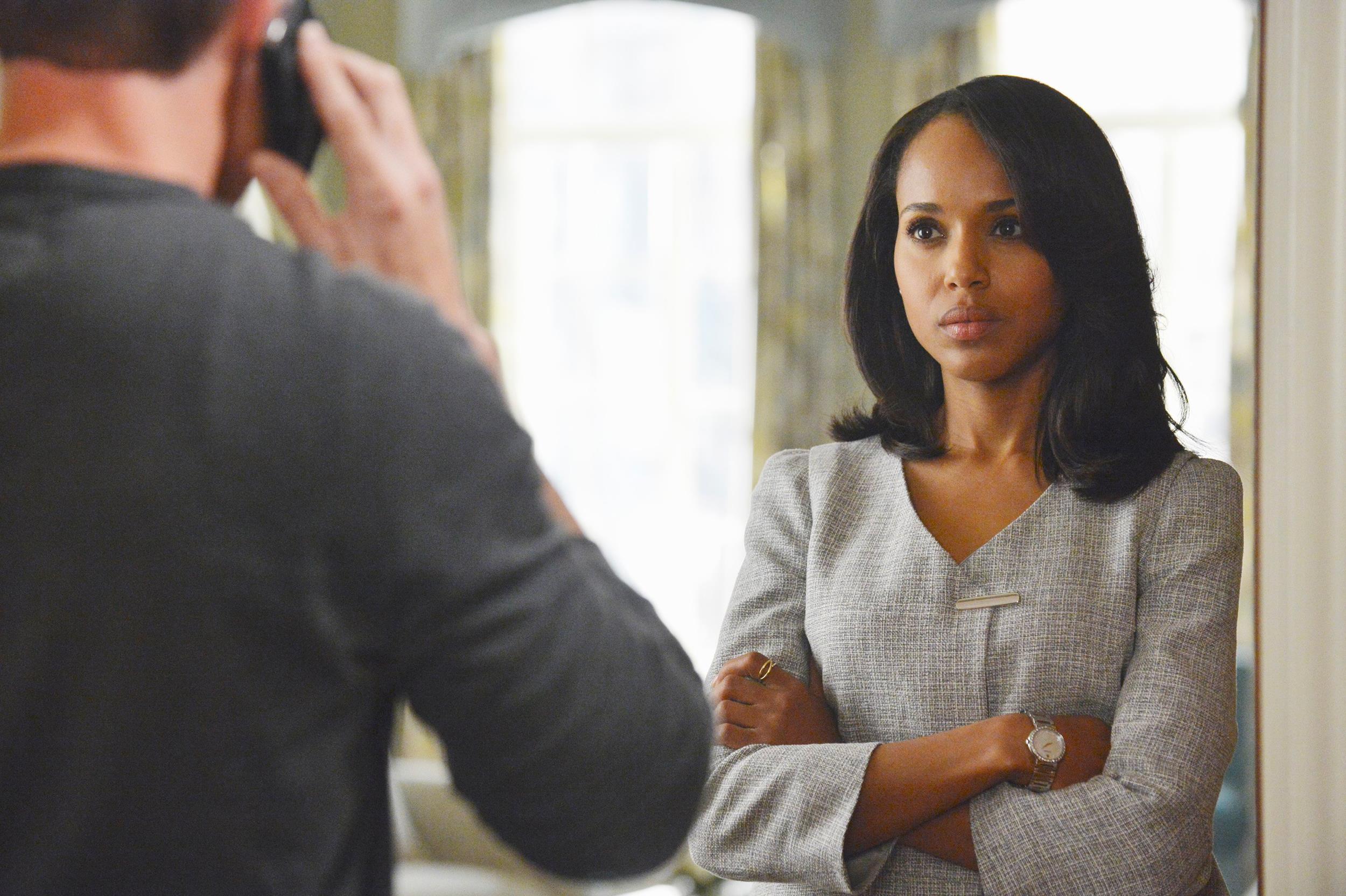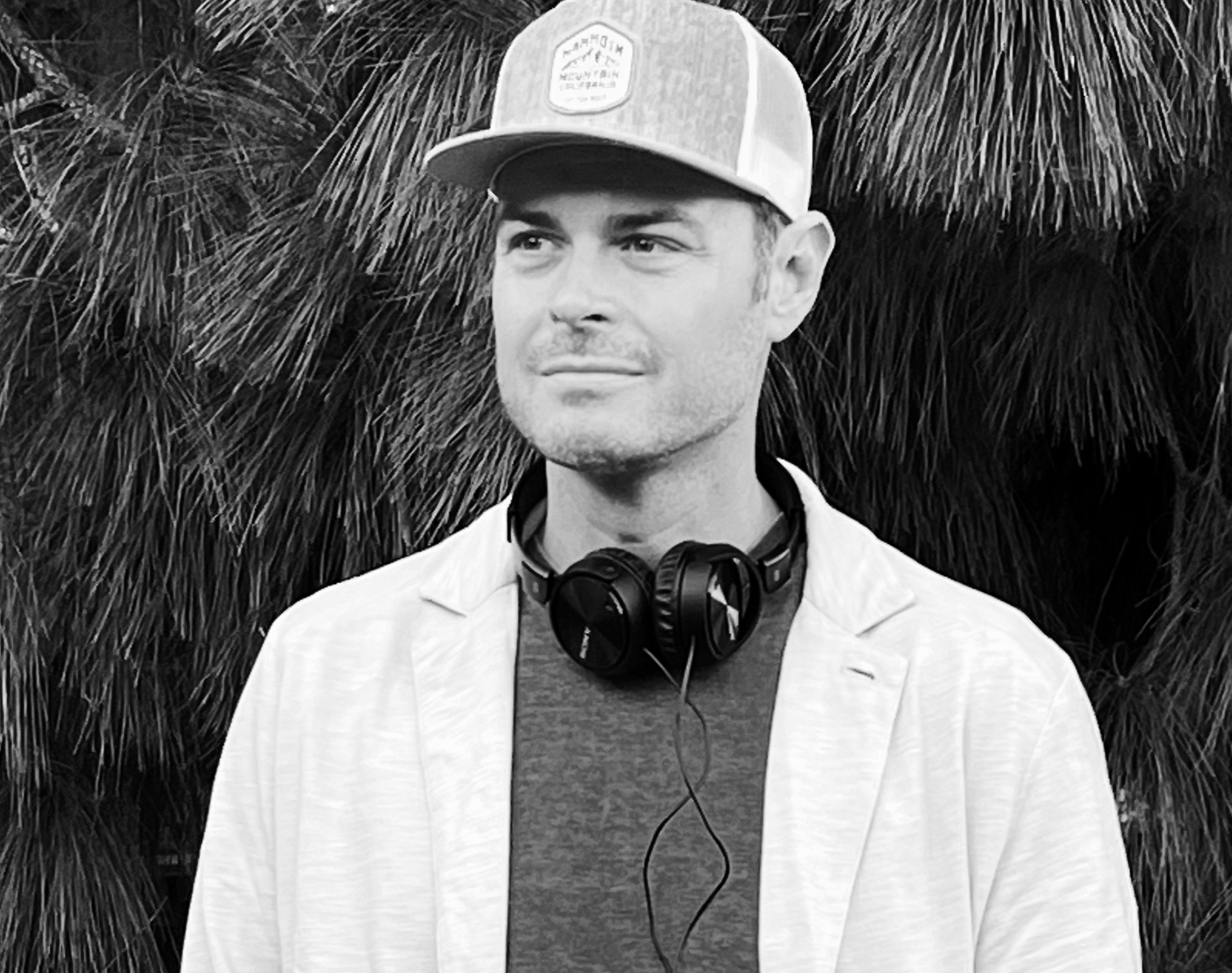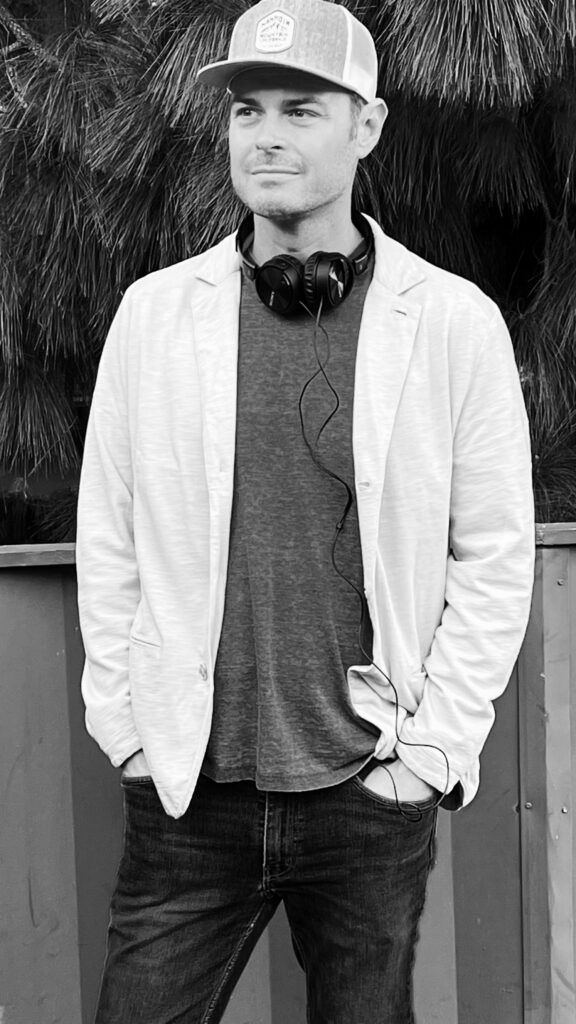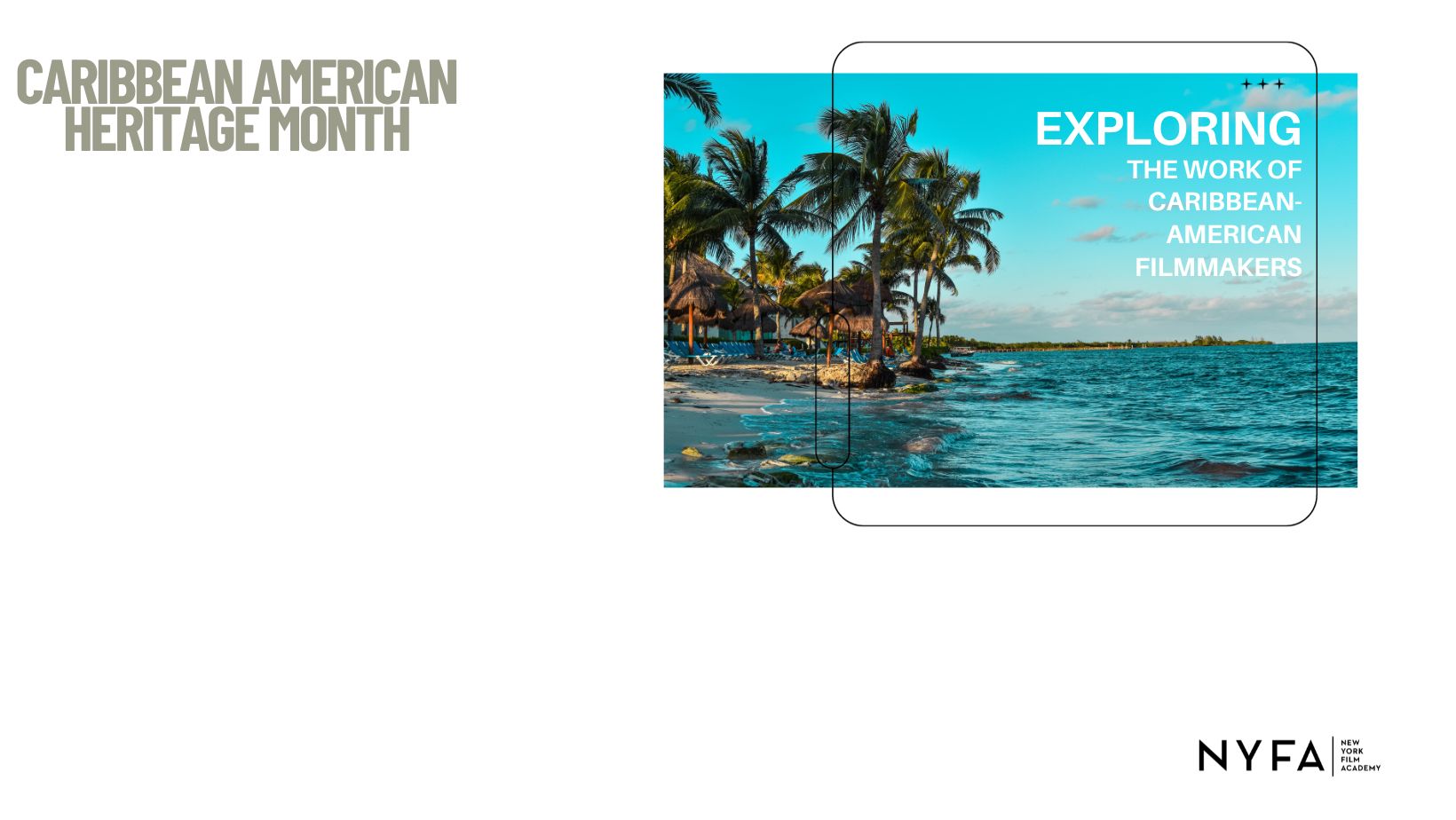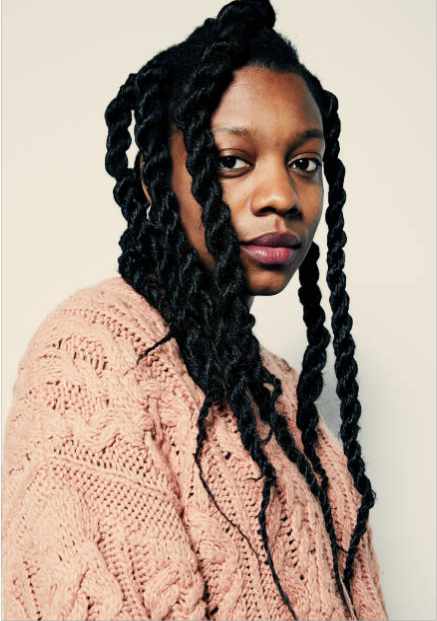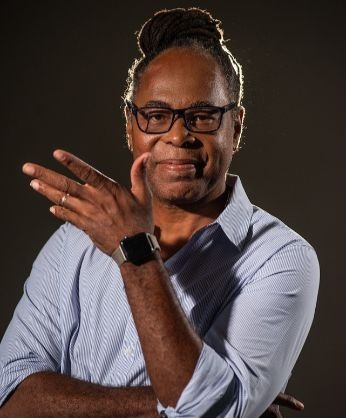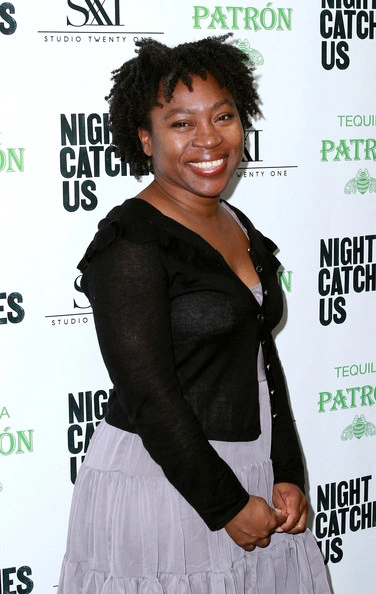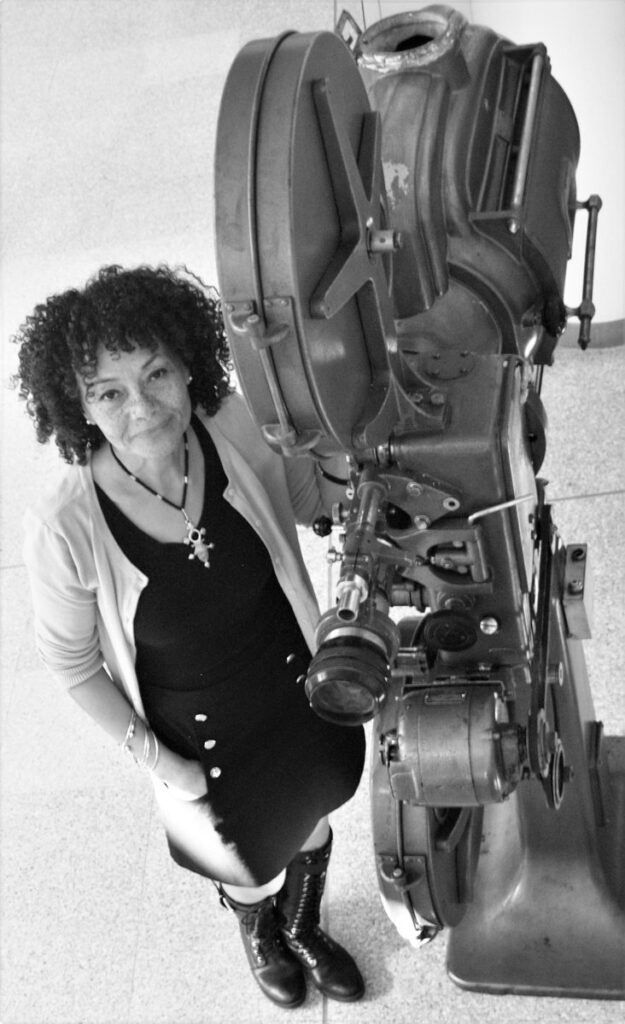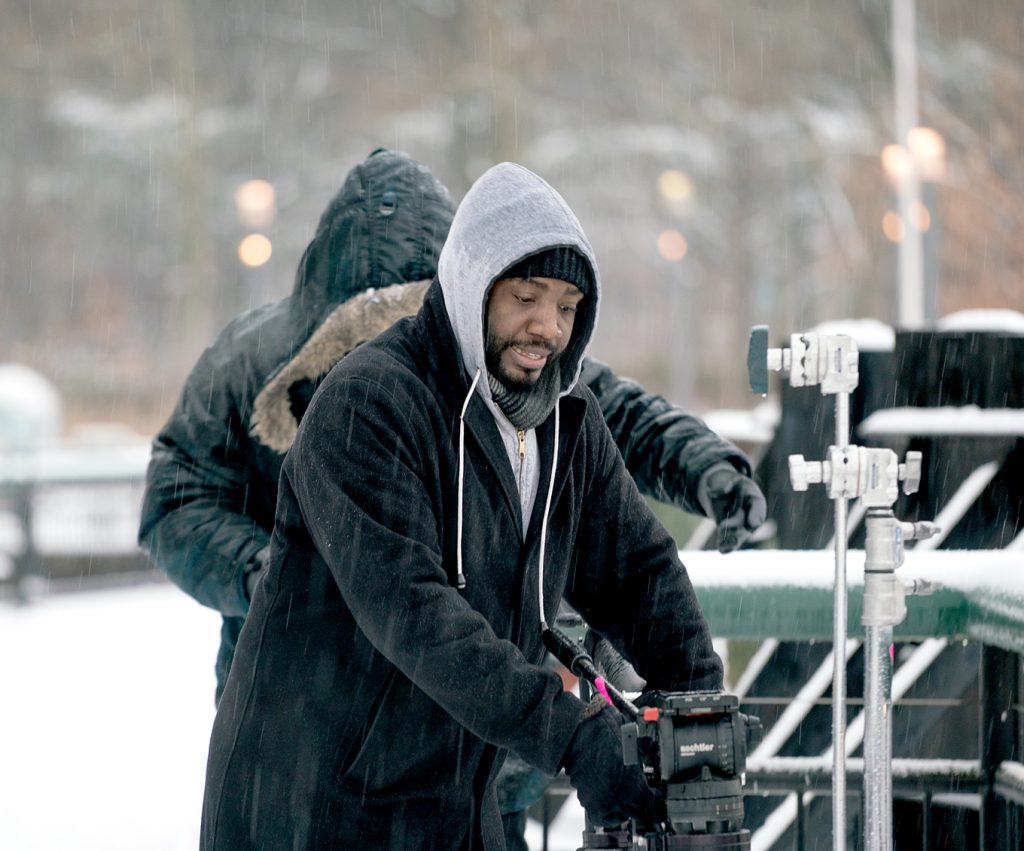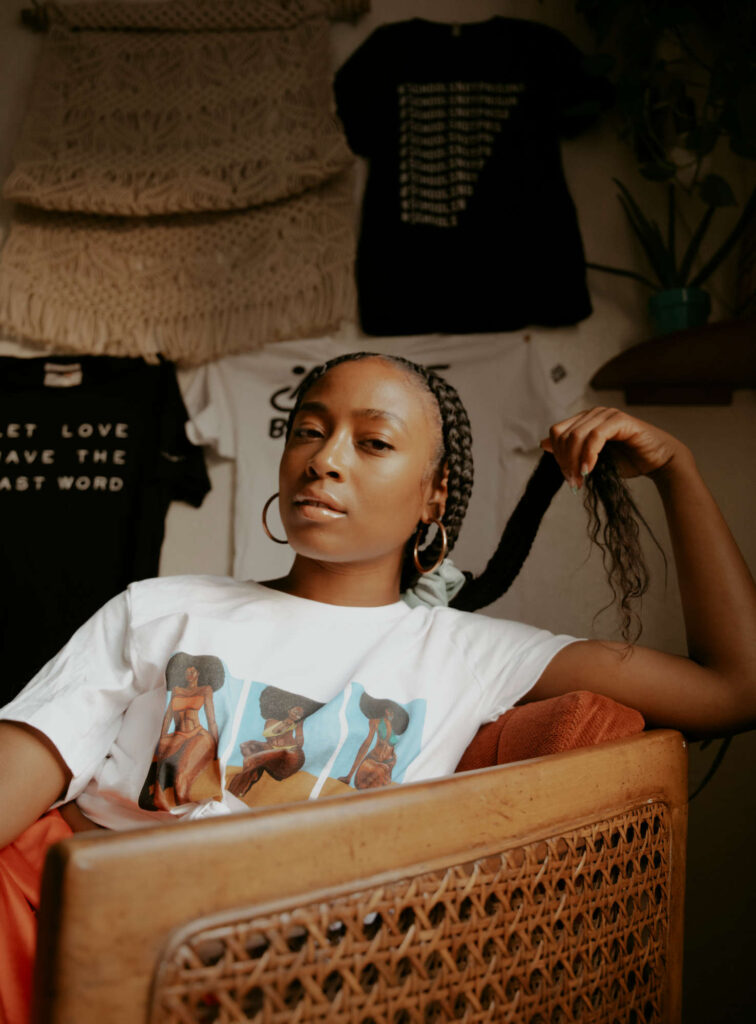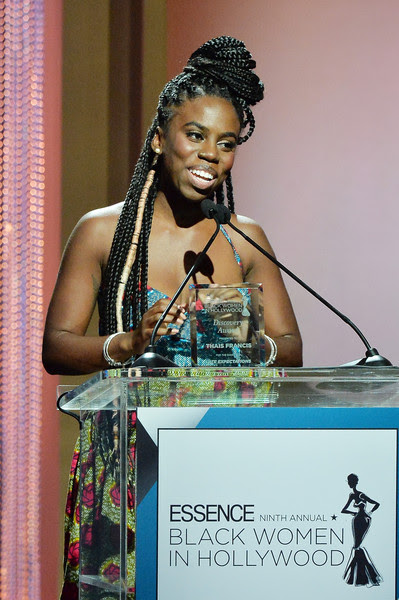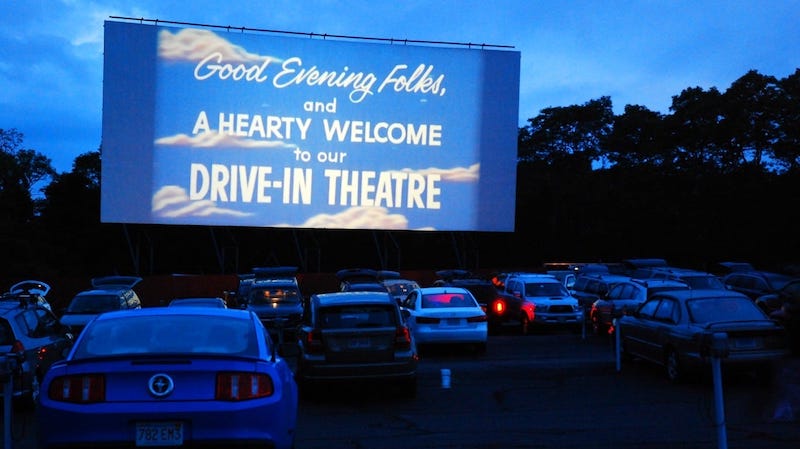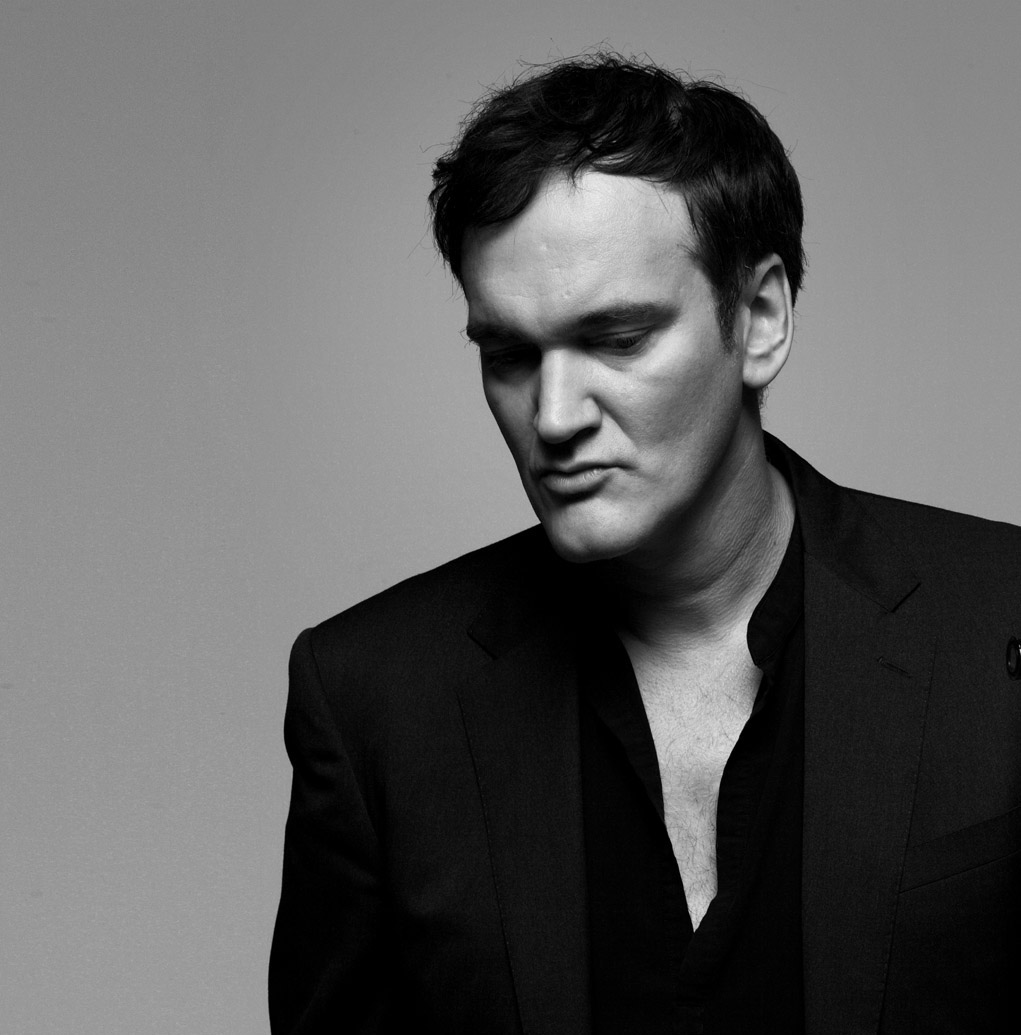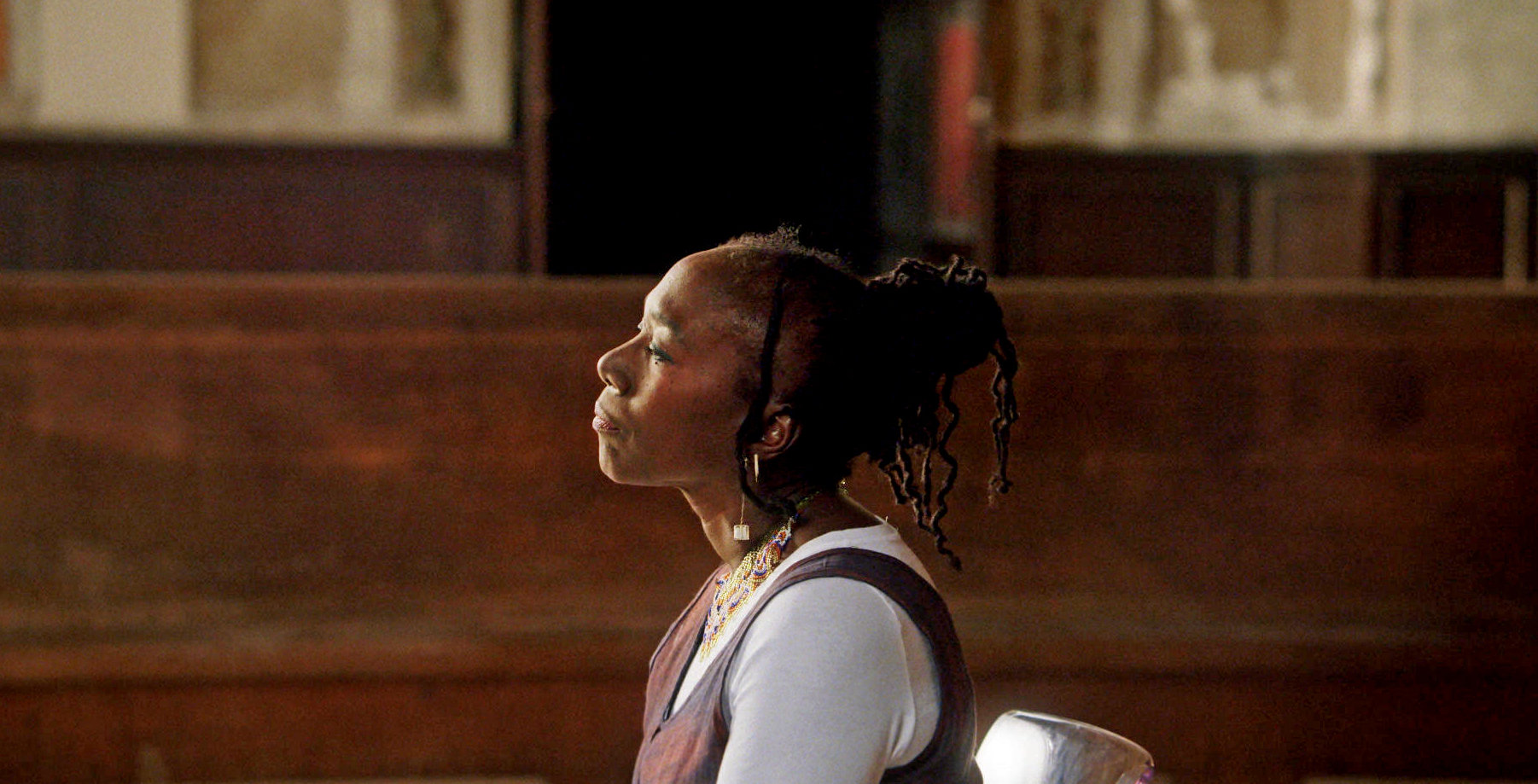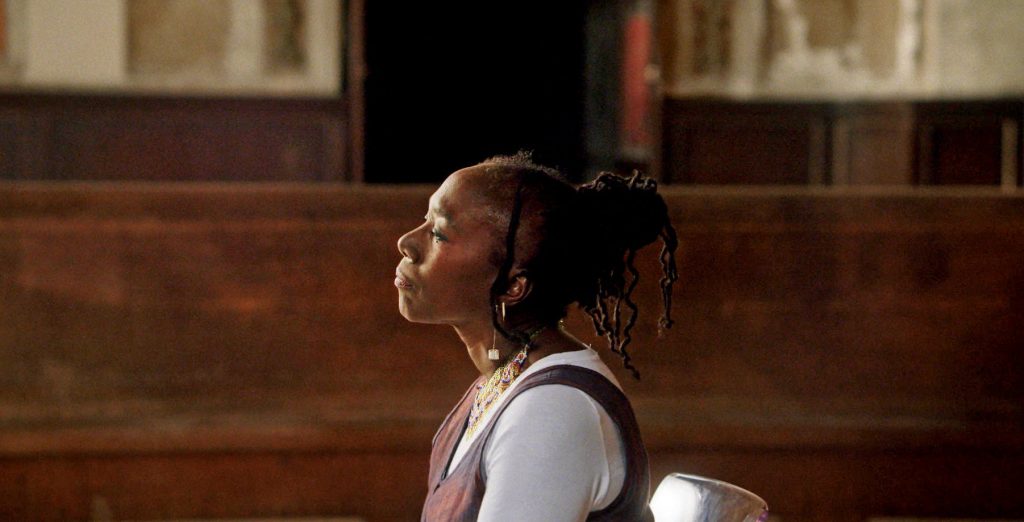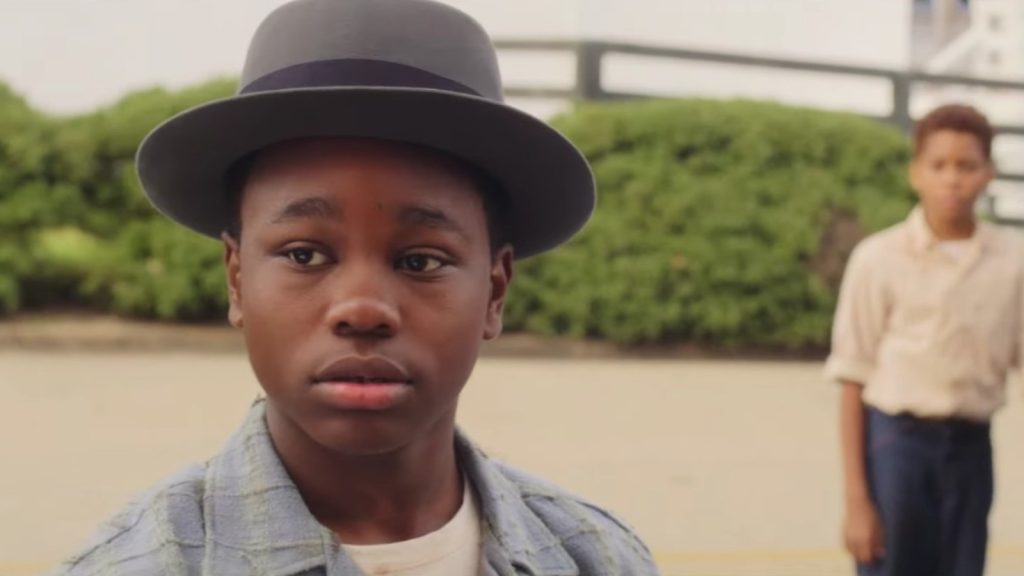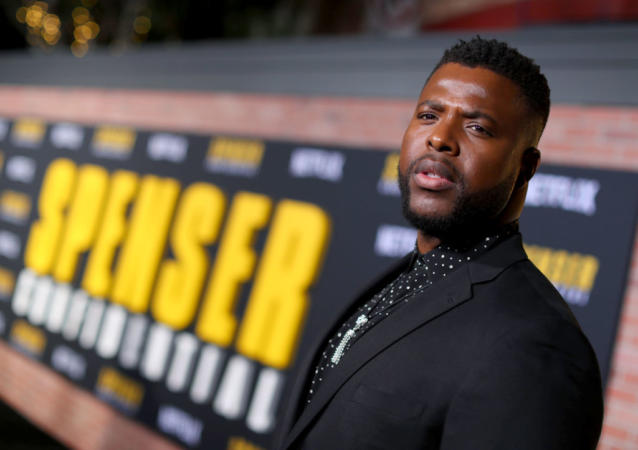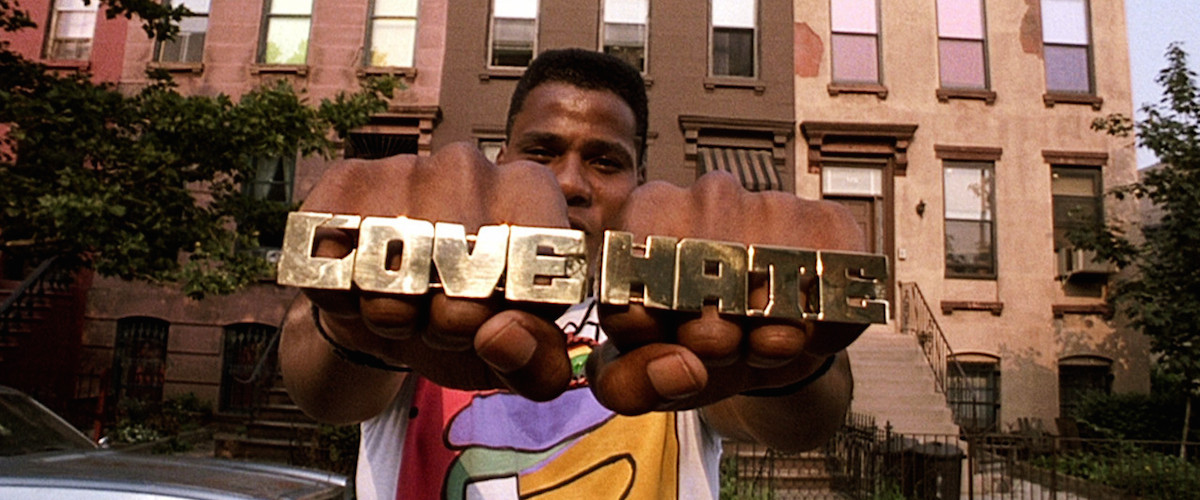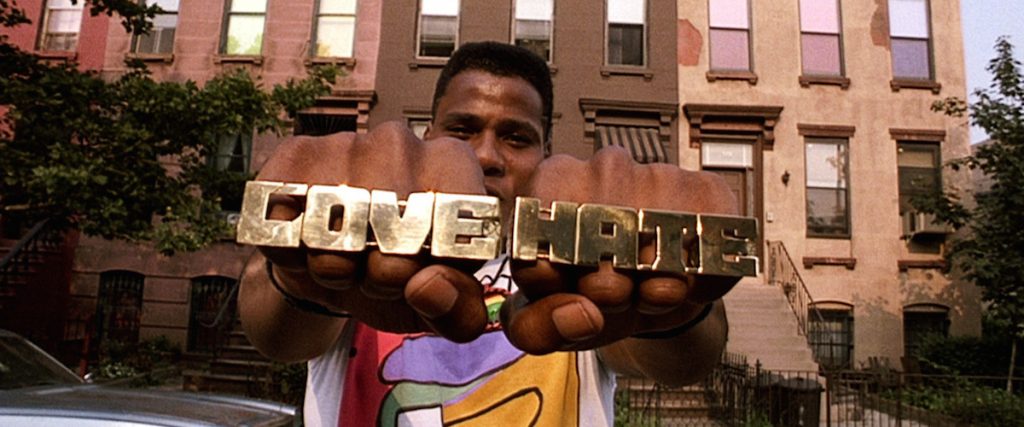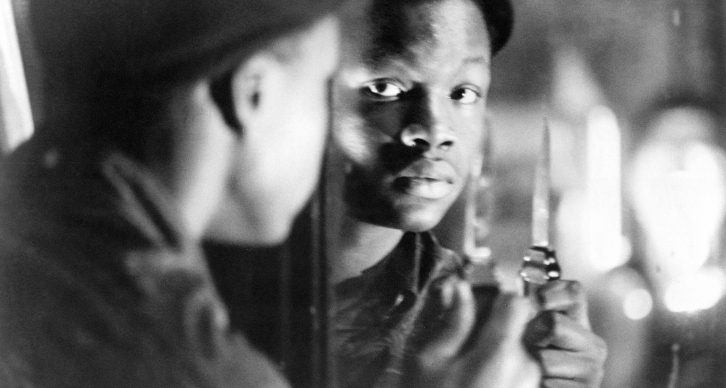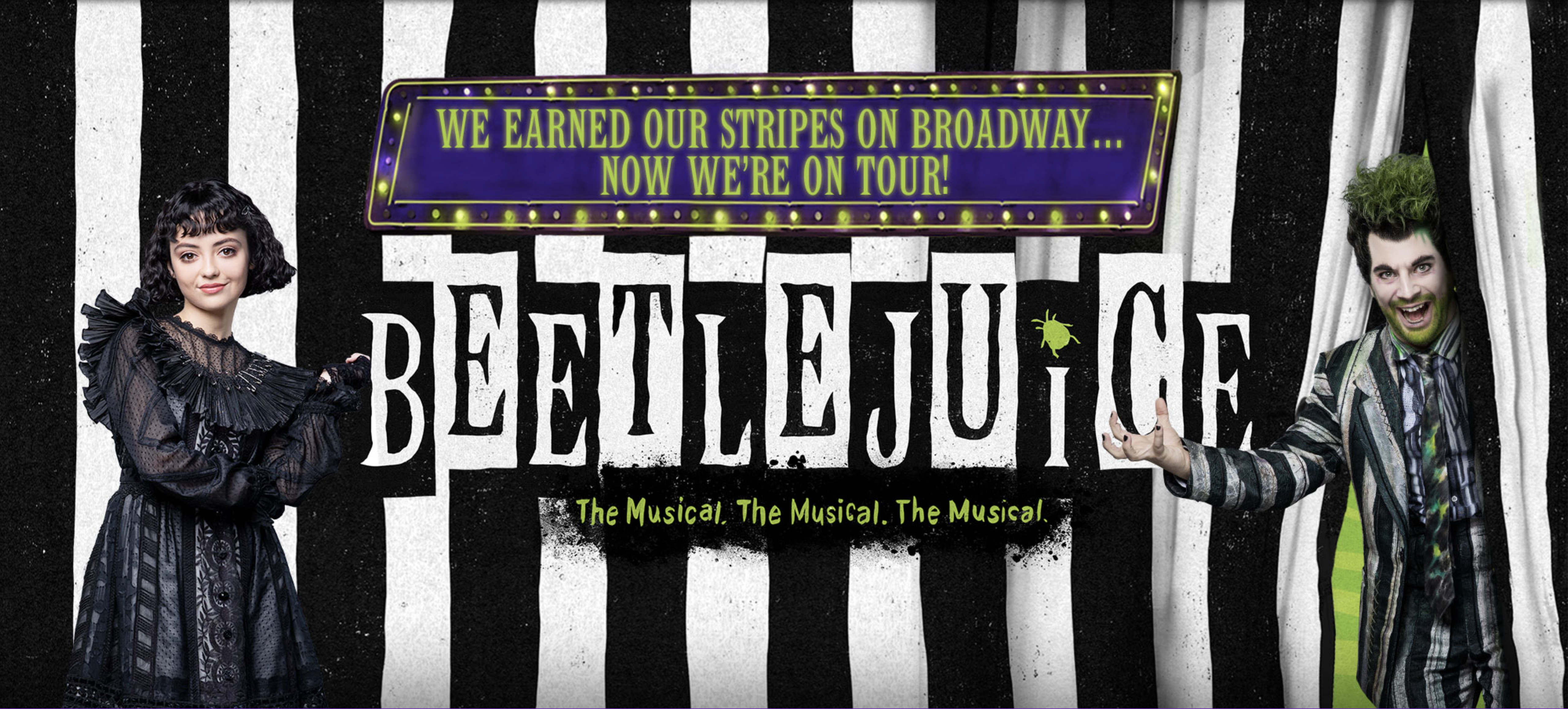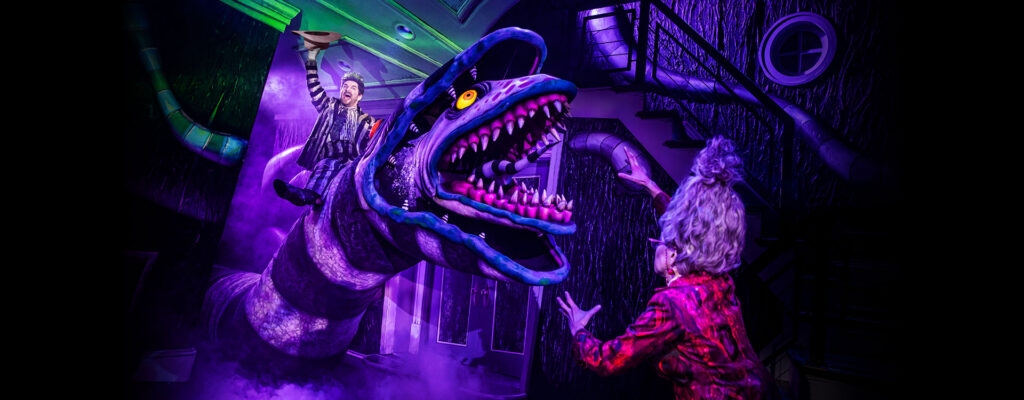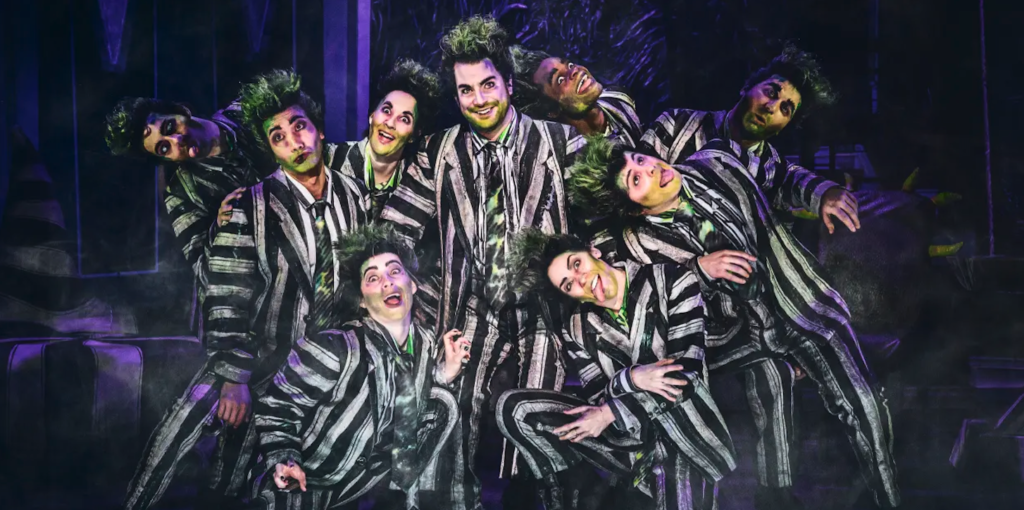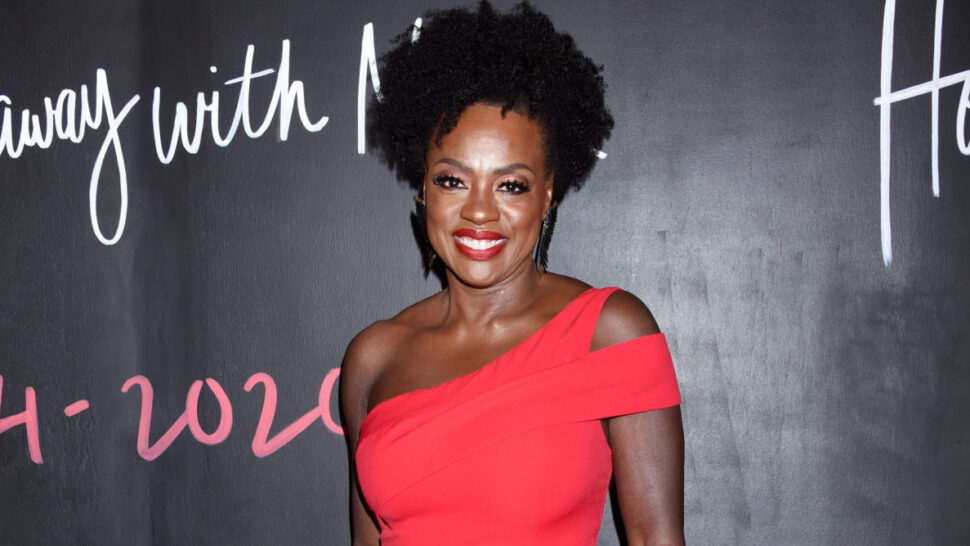Shonda Rhimes is, without a doubt, one of TV’s biggest stars. Her first TV show Grey’s Anatomy, debuted in 2005 and is still on the air today. But it was Shonda Rhimes’s Scandal, her fourth series, debuting in 2012 and lasting seven seasons, that sealed her brand – shows with powerhouse female characters, dazzling worlds, and stories that give soap opera a whole new meaning.
Shonda Rhimes’s Scandal: Breaking Down The Iconic Political Drama
Kerry Washington plays Olivia Pope, a larger-than-life crisis management fixer who runs her own company in the scandal-ridden halls of Washington, D.C. One of the most remarkable things about the pilot itself is the amount of information it packs into the network’s one-hour format where, due to commercial breaks, the episode itself is only 45 minutes long.
Characters
We’ll start here because, without Olivia Pope, there is no Scandal. She is, as noted above, larger than life. How do we know this? Because the episode opens with two other characters discussing Olivia. And when Harrison, one of Olivia’s trusted employees, tells Quinn, our new eyes into the world, that he is here to offer her a job with Olivia Pope & Associates, Quinn can barely contain her awe and excitement. Cut to Olivia on a job where she is negotiating with Russian mobsters and talks them down three million dollars and leaves with “the package” boom! We know exactly who Olivia Pope is. Later in the pilot, we also see Olivia’s weakness, her vulnerability, if you will. She is hopelessly in love with the one man she can’t have, The President of the United States. In one scene, her co-worker Stephen says, “You and I are friends. He’s the leader of the free world. Your life makes me feel unsuccessful.”
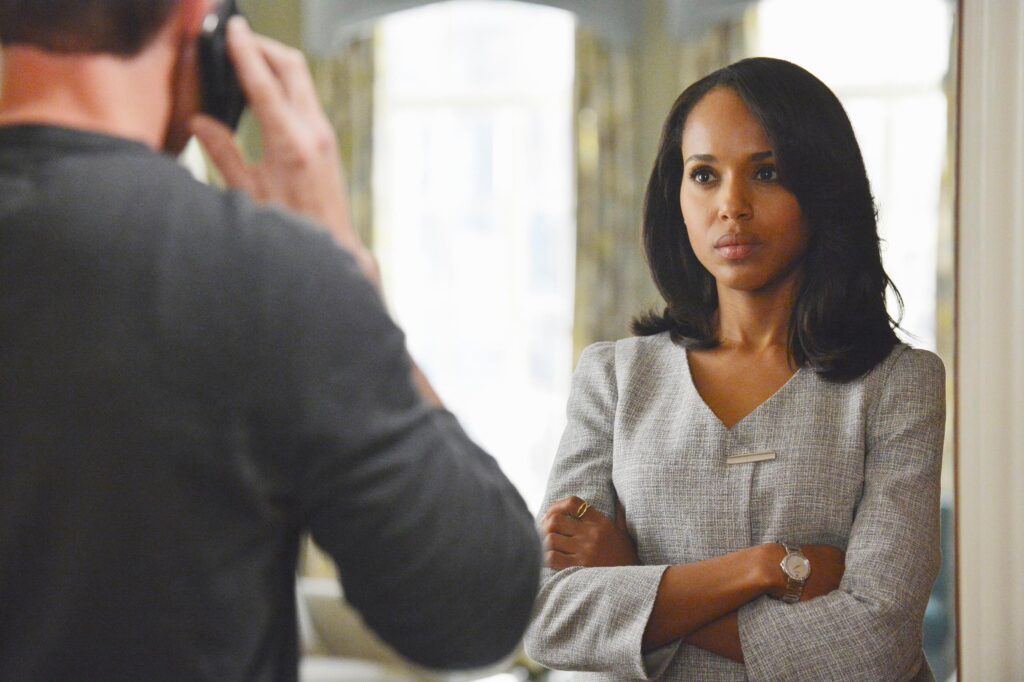
Olivia Pope is our protagonist of the series, but Quinn Perkins is our point of view character in this world. We are introduced to Quinn when she arrives out of breath for a job interview. Harrison talks a mile minute as he describes how the whole world is about to open up to her, and she will have the chance to “slay dragons.” She’s taken immediately from the evening job interview to Olivia Pope & Associates, where she’s thrown right into the deep end when a client shows up on their doorstep. Quinn spends the episode learning the ropes (introducing us to all the exposition we need to know), having doubts about if she belongs, to finding the information that proves the President of the United States was having an affair with an intern. By the end of the episode, we know Quinn belongs there as much as everyone else, poised to do “great” things. (We won’t talk about what happens to Quinn later in the series.)
Olivia’s Team includes Harrison Wright, Abby Whelan, Stephen Finch, and Huck. They are all introduced to us in the pilot, with some playing more prominent roles than others. We learn a little about each of their personalities, including that Abby has a bit of a crush on Stephen, a playboy getting married. Interestingly, the character who got the least screen time was Huck, a former CIA tech guy with not a lot to say. He gives Quinn some important advice in the pilot about Olivia hiring strays who need fixing. However, he was a fan favorite who grew to have a much bigger role in the series.
READ MORE: The Complex, Engaging Characters Of Yellowjackets
World
There are two main worlds in Shonda Rhimes’s Scandal. The first is the obvious fast-paced, high-stakes world of Washington, DC. Our nation’s capital is the center of political intrigue. Here we have hundreds of high-profile people who run up against scandals every day. There is no shortage of clients for Olivia Pope. In addition, the White House and the President, the highest profile of them all, have ties to Olivia Pope. She was part of his original campaign team, where they began a secret affair. She broke it off when he was elected and left to start her own firm. But try as she might to put distance between herself and the President, his problems still infiltrate the world.
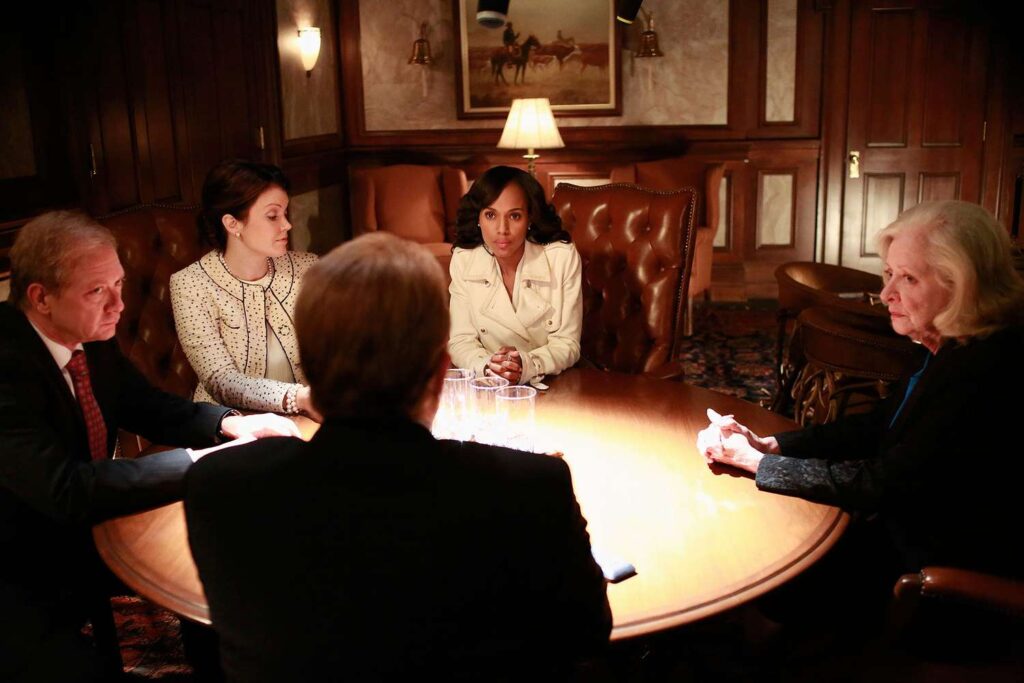
The second world is the basis for the show Olivia Pope & Associates.
Olivia: “We’re not a law firm. We’re lawyers. But this is not a law firm.”
Stephen: “Law firms are for pansies.”
Olivia: “We solve problems—“
Abby: “–Manage crises, save reputations.”
A group of lawyers or other highly skilled people banded together to fix crises. They wear the white hats. They tell us repeatedly that they’re the good guys. Gladiators in suits. We learn all about how Olivia Pope & Associates works through the eyes of our newcomer, Quinn. This is a standard tactic in pilots. Introduce someone new to the world so we, the audience, can learn about the world along with the character. And we can easily see that a steady stream of clients coming to Olivia will provide us with hours’ worth of stories. When they do prove Lt. Sullivan’s innocence in the end, it is Quinn who asks the important question. Who killed the girl? And Harrison and Huck explain that it “doesn’t matter.” They can give the evidence they found to the police, but that wasn’t their job. They are not crime investigators. They are fixers. And they fixed their client’s problem.
READ MORE: What Makes The Abbott Elementary Pilot So Engaging
Story Engine
The format of Scandal is what we call a hybrid – a mixture of a procedural story engine with a serialized engine. Every week, Olivia and her colleagues get a new client to help whose struggle also mirrors their own personal struggles.
In the pilot, a well-recognized “war hero” and leader/political speaker for the conservative right, Sully St. James, walks into Olivia Pope and Associates with blood all over him. It looks as if he’s killed his girlfriend. But over the course of the pilot, the team uncovers that his girlfriend was a beard and that his alibi comes in the form of security footage that shows the right-wing public figure kissing his boyfriend. Sully doesn’t want to come out as gay and is willing to risk going to jail for a crime he didn’t commit. Ultimately, Olivia is able to persuade him to come forward by talking about how one should never have to hide who they love. We, the audience, understand that she is talking about her ill-fated affair with the President. She understands having to keep love secret and doesn’t want that for Sully.
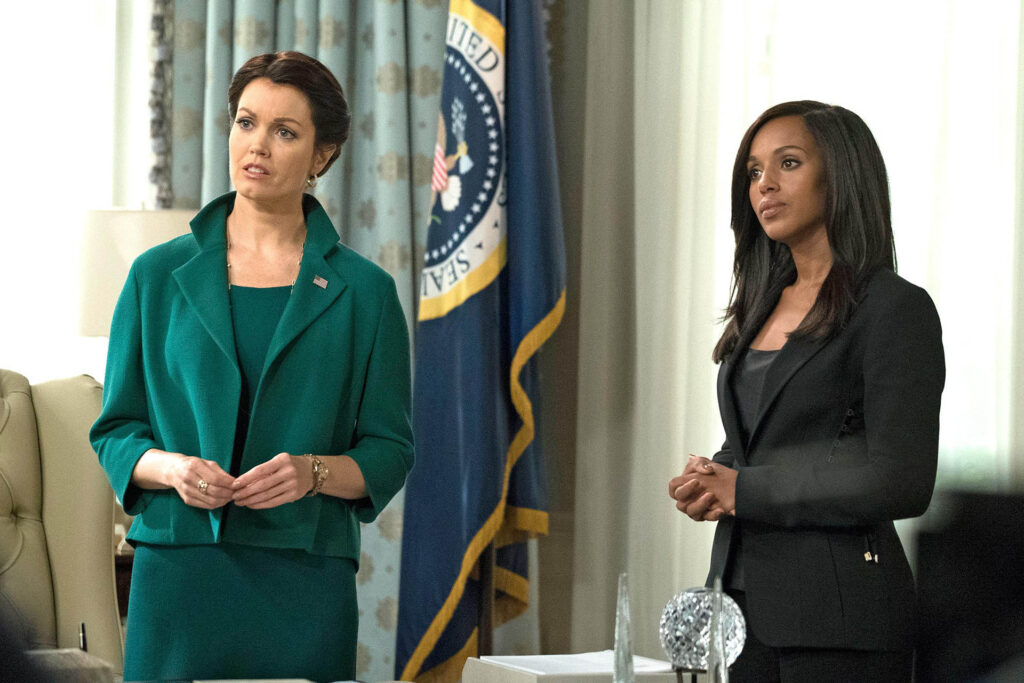
The world of Olivia’s Crisis Management team allows for an endless stream of clients to come forward each week, providing the show’s story and structure. We have a subplot in the pilot. However, that is set to unfold over the course of the season. A young woman, Amanda Tanner, has emerged saying she had an affair with the President. The President’s team hires Olivia to make the problem “go away.” But a little digging and some clever insight from Quinn forces Olivia to recognize that the President did sleep with this young woman. At the end of the pilot, Olivia tells the President’s Chief of Staff that Amanda Tanner has become her new client.
In addition, we have the ongoing relationship between Olivia and President Grant, as well as all the personal issues of the team to contend with. Interestingly, after the first season, Scandal shifted to a more serialized nature rather than the regular episodic stories that originally defined the show.
READ MORE: The Crazy Ex-Girlfriend Pilot: Our Take On The Show’s Story Engine
Learn How to Write a TV Pilot at NYFA
Learning how to write a pilot that is memorable and engaging is one of the most important skills an aspiring television writer can develop. In the screenwriting programs at NYFA, students learn fundamental concepts and techniques for writing a pilot and television, such as structure, formats, story engines, dialogue, themes, season arcs, show types, WGA format, subtext, and much more. To learn more about our programs, please visit our Screenwriting School page.

